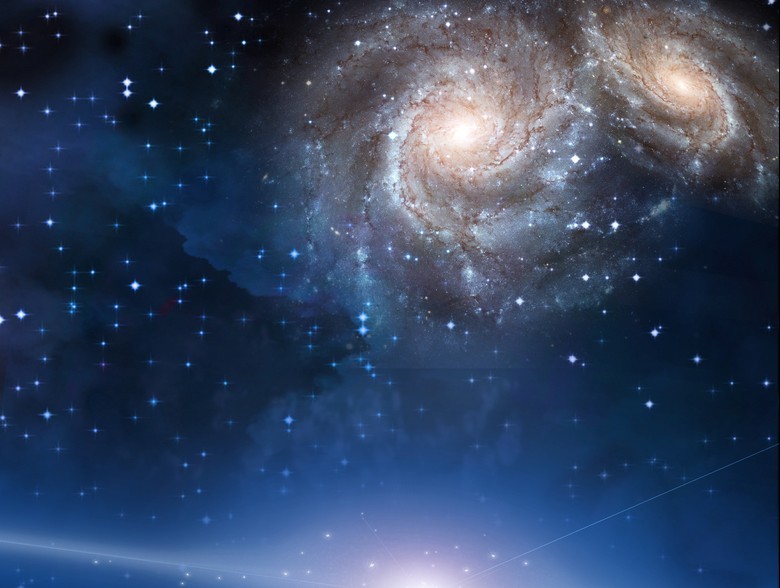The comments on the thread are very spirited. On one hand some people make the point of how could we know what elements a star and planets are made of from such a great distance. And others point out the use of spectral analysis and how it works in its basic form.
Commenter Mac asks this question:
Hear me out, our technology is pretty pitiful so we could never ever at the moment go to any of these stars or galaxies to figure out what they’re made of but somehow we know.. Like that planet made out of diamond or that gas cloud entirely made of alcohol. How do we know it’s made up of stuff like that? You couldn’t possibly determine it by looking in a telescope? Can someone explain, sorry if I sound idiotic.
Commenter Christopher had this to say in response:
They use spectral analysis and deduce that an element that gives off a certain color in certain light on our planet would most likely give off the same color throughout the entire universe because scientific law is the same no matter where you are in it, There are certainly exceptions to these laws but for the majority these laws are universal. There is no doubt we have a long way to go but we are getting closer to understanding the universe in a more complete way. For example only 2000 years ago we knew nothing about basic astronomy and just in the last 100 years we have made great leaps in our understanding of the universe. There are no doubt many elements that are abundant in the universe that we have not or may never see in our own solar system, but for the most part the basic laws of the universe will always remain the same.
What do you guys think?
thanks to Hybrid Librarian for the great video
thanks to skyandtelescope.com for the great info
thanks to Hubble for the pic

Claudelia Mcknight